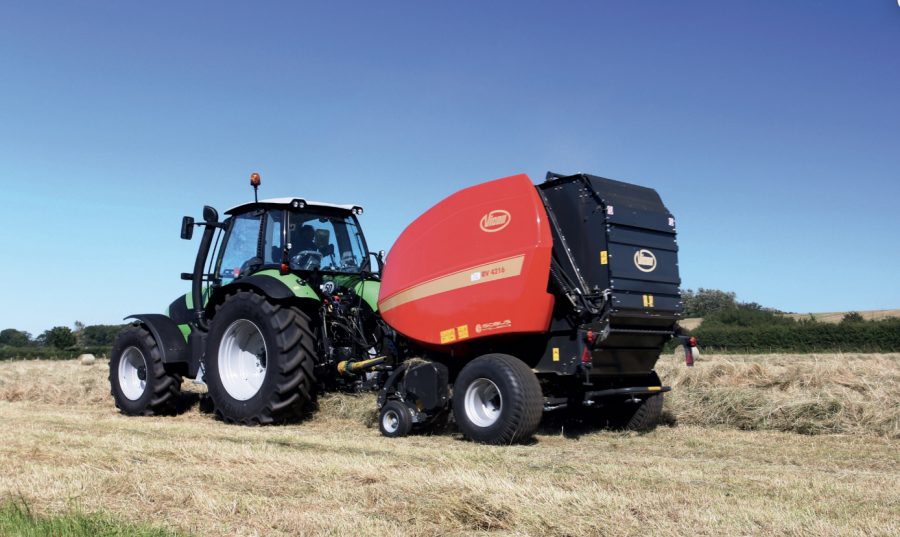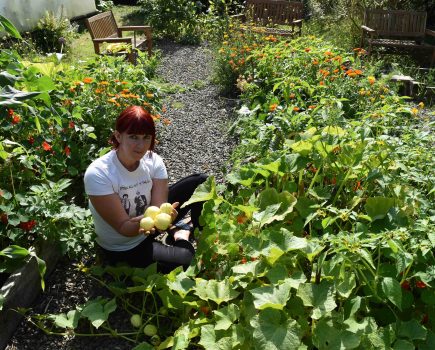In this extract from the April issue of The Country Smallholder magazine, agricultural journalist, smallholder and Editor of the Ferguson Heritage Magazine Jane Brooks, joins us for her regular look at the world of agricultural machinery. This month she looks into the nitty-gritty of buying agricultural equipment and keeping an eye on your costs.
Starting a Smallholding business brings with it legal requirements such as a CPN, herd number, various registrations and often involves grappling with planning regulations. It is also generally a first step into farm machinery ownership.
Do you know how much your machinery will cost your new business? Just as an example, earlier this year the AHDB (Agriculture and Horticulture Development Board) released a benchmarking analysis from across their monitor farm network, finding, that on arable farms up to 60% of annual production costs are on machinery, split between depreciation of a third, repairs 8% to 15% and fuel around 13%.
No matter how large or small your enterprise, buying machinery is a substantial capital investment and over-spending can cause financial stress, so avoid overburdening yourself with a top-heavy load of machinery. Machinery changes or additions should be part of a well-considered whole business policy, because emotional, nonstrategic and even tax motivated purchases are a dangerous way to run any business.
Machinery choices involve several factors, including: setting a time scale for replacement of essential machinery; functionality; efficiency requirements; productivity (employee or other help); skill and capacity to manage breakdowns; business need; ease of use and budget.
Farm vehicles, new pickups or suchlike, are classic examples of different attitudes to investment. Some people see running a new vehicle as a reflection on their business, in particular maintaining their brand image. To them, driving a battered old van or car does not portray a professional business image. Others wouldn’t dream of replacing vehicles until they practically fall to pieces.
This is where proving a business case comes in, brand image may be an overriding reason for a replacement but only if backed by sound financial judgement. Bank Managers and other lenders expect balanced and factual written justification for any borrowing requests. So even if there’s no outside finance requirement it pays to do exactly this for major investments, including new machinery.
This article extract was taken from the April edition of The Country Smallholder. To read the article in full you can buy the issue here.
To receive regular copies of The Country Smallholder magazine featuring more articles like this, subscribe here.
For FREE updates from the world of smallholding, sign up for The Country Smallholder newsletter here.








